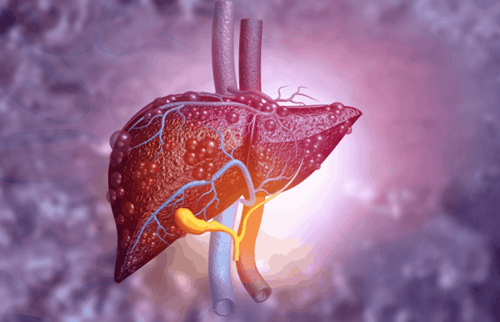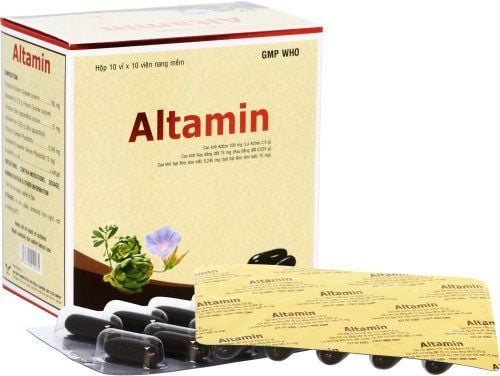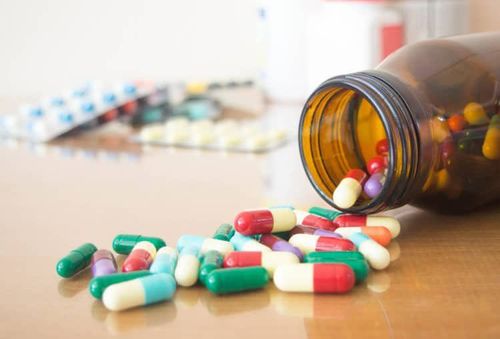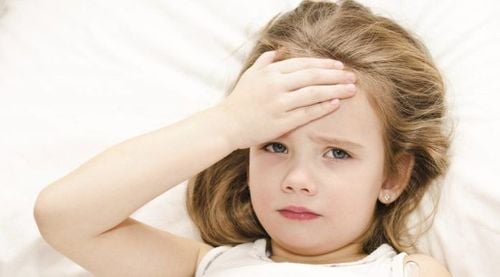This is an automatically translated article.
The article was professionally consulted with Master, Doctor Truong Thanh Tam - Pediatrician at the Department of Pediatrics - Neonatology - Vinmec Danang International General Hospital.When young children have health problems, it is often difficult to express in words or actions, especially with babies. However, parents can recognize abnormalities through danger signs in their children. When a child has one of the following signs, it is necessary to immediately take the child to a medical facility for timely examination and treatment.
1. Danger signs in babies

Bố mẹ không nên coi nhẹ những dấu hiệu bất thường ở trẻ nhỏ

Cha mẹ nên để ý dấu hiệu bệnh lý vàng da của trẻ
2. Danger signs in young children
Child convulsion: If a t-febrile seizure is considered a benign seizure, it is usually brief, lasting about 2 minutes and then spontaneously resolved. After the seizure, the child was awake and alert and did not leave any sequelae. In addition to febrile convulsions, about 20% of cases of child convulsions without fever are often related to infectious and infectious diseases of the central nervous system. If the child has a febrile convulsion, the parents should immediately reduce the fever with an rectal suppository, and wipe themselves with warm water. After the fever is lowered, the child should be placed on a pillow with his head elevated and tilted to one side to allow saliva and mucus in his mouth to flow out to avoid airway obstruction, then take him to the nearest medical facility for emergency treatment. timely. Abnormal breathing Blood in the stool: blood in the stool can be a sign of diseases such as constipation, anal fissures, colon polyps, typhoid fever, enteritis,... Vomiting a lot Children are very thirsty : a child who is constantly thirsty and asks for water can be a sign that the child's body is dehydrated health such as lack of oxygen, dehydration, infection, .. Children with high fever above 39 degrees: Children often have fever due to viral and bacterial infections or when teething. Parents need to give the child fever-reducing medicine and take the child to the doctor if there are still no signs of hypothermia. If the child has a fever and is accompanied by a bruise-like rash or small star-shaped spots, the child should be taken to the hospital immediately because it may be a sign of meningitis, a meningococcal disease. This disease is very life-threatening because of its rapid and severe progression. For children to be healthy and develop well, it is necessary to have a nutritious diet in terms of quantity and quality balance. If children are not provided with adequate and balanced nutrients, it will lead to diseases of excess or lack of nutrients, which adversely affect the comprehensive development of children in terms of physical, mental and motor skills.Children who do not eat properly are at risk of micro-mineral deficiency causing anorexia, growth retardation, malabsorption,... If they notice the above signs, parents should supplement their children with products. The supplement contains lysine, essential micro-minerals and vitamins such as zinc, chromium, selenium, and B vitamins to help fully meet the nutritional needs of children. At the same time, these essential vitamins also support digestion, enhance nutrient absorption, help improve anorexia, and help children eat well.
Parents can learn more:
Signs of zinc deficiency in children
Micronutrient deficiency and failure to gain weight in children
Please regularly visit Vinmec.com website and update useful information to take care of your child. Take care of the baby and the whole family.














